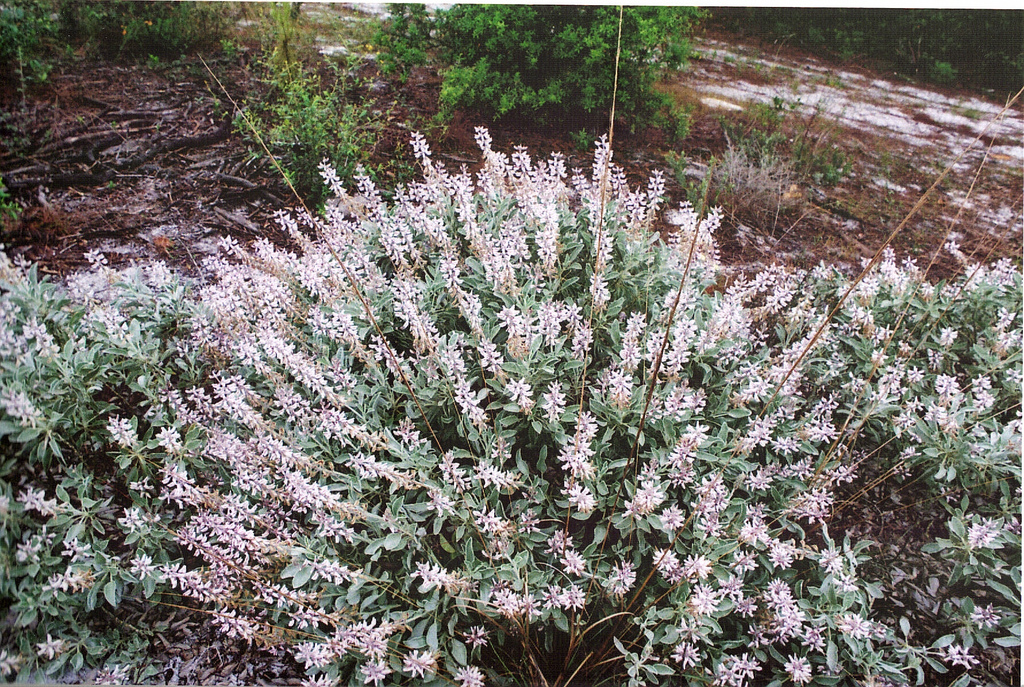Learn About Land Management Reviews

The schedule for the 2017/2018 Land Management Reviews is out. Being a part of Land Management Reviews is an important part of the Florida Native Plant Society mission to promote the preservation, conservation, and restoration of the native plants and native plant communities of Florida. It is also a very rewarding experience for anyone who has participated in one. At the Florida Native Plant Society's 37th Annual Conference in May there will be a special field trip where you can Learn About Land Management Reviews . The site for the Thursday morning training will be Lake Kissimmee State Park . Led by Eugene Kelly and Eric Egensteine (Park Manager), this trip is designed to serve as a case study for the state’s Land Management Review process.




